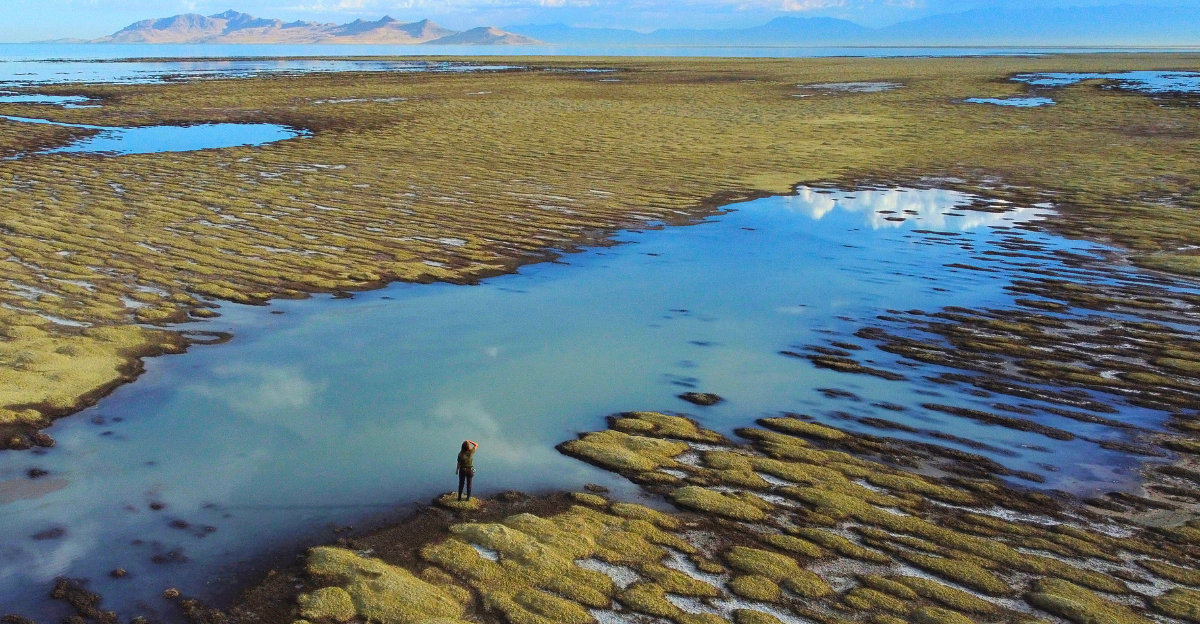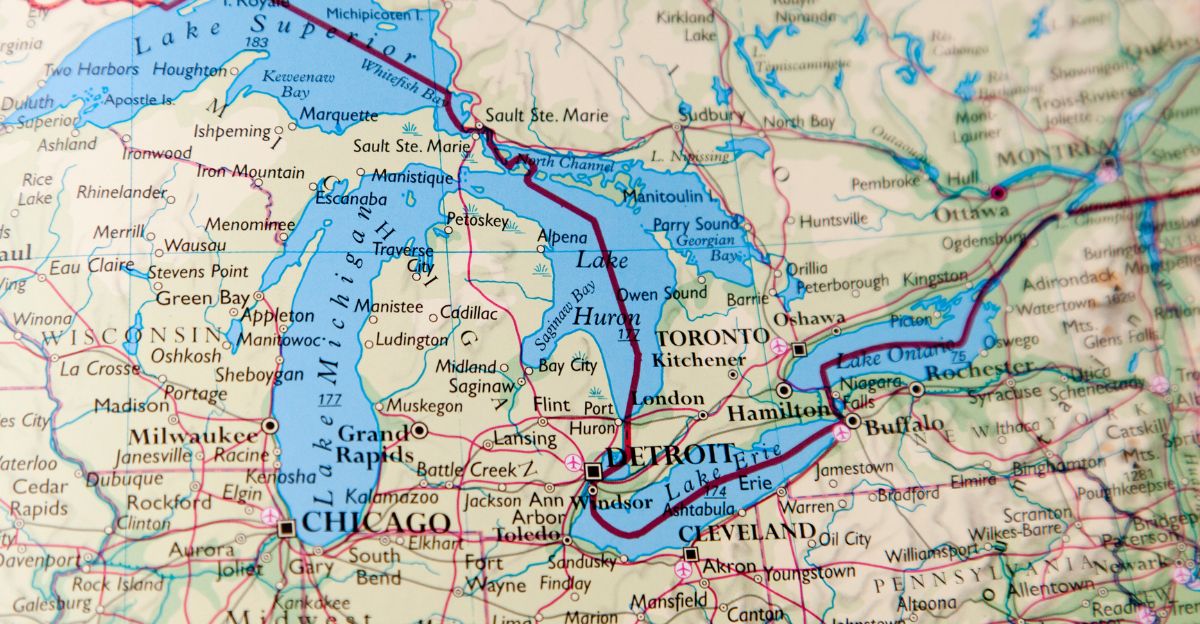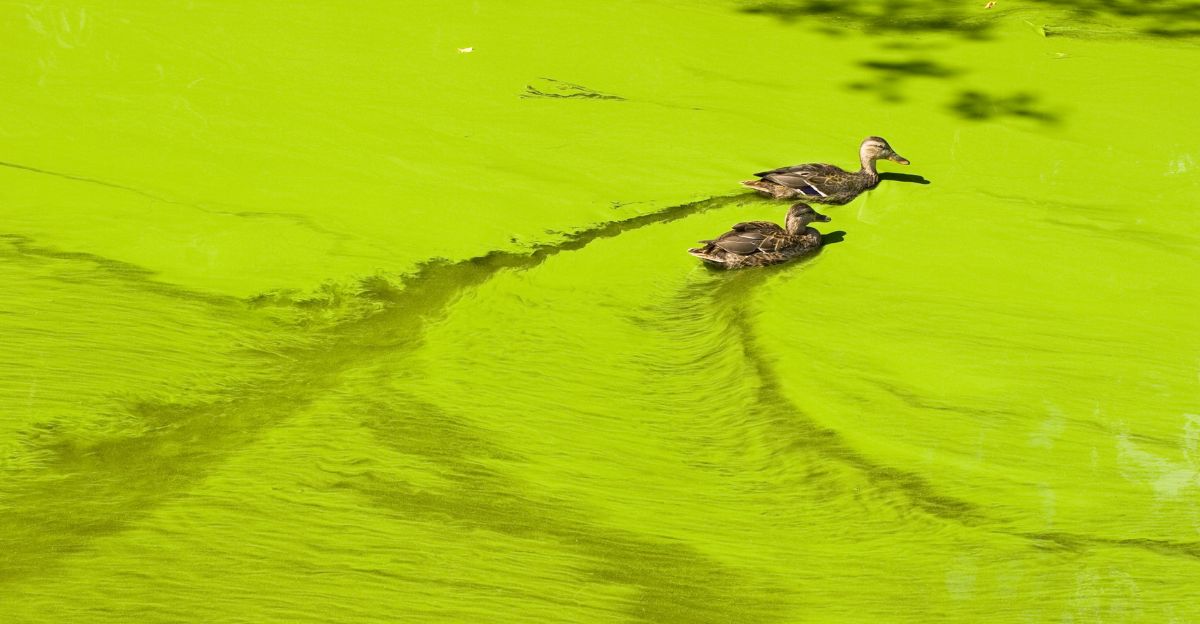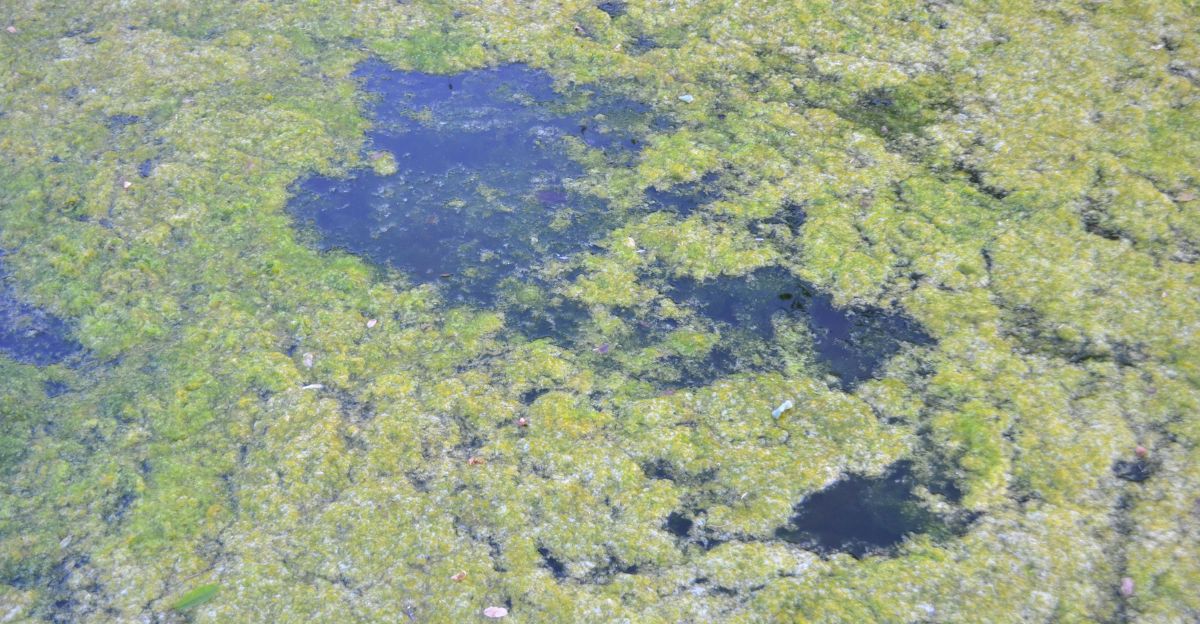
The Great Lakes provide fresh drinking water to nearly 28 million people in the U.S. and Canada, making them the largest surface freshwater system on Earth. However, the Great Lakes Environmental Research Laboratory, part of the National Oceanic and Atmospheric Administration (NOAA), which monitors water quality and toxic algal blooms, has been devastated by recent federal budget cuts.
These cuts have reduced staff by 35% and delayed important surveillance work during peak bloom season. This would reverse decades of environmental progress and threaten public health, regional economies, and the ecosystems that depend on clean water from the lakes.
The Great Lakes: A Vital Water Source for Millions

Millions of people depend on the Great Lakes for drinking water, industrial use, and recreation. Cities like Cleveland and Toledo heavily depend on real-time water quality data to manage treatment and keep contamination at bay. The lakes also support significant industrial activity, such as steel production and manufacturing, which consumes billions of gallons daily.
Without timely monitoring of threats like harmful algal blooms, communities face risks of toxic water advisories and economic disruption. The recent cuts to monitoring programs jeopardize these safeguards, leaving large populations vulnerable to water crises reminiscent of the 2014 Toledo incident.
From Pollution Crisis to Environmental Recovery

Historically, the Great Lakes suffered severe pollution, with Lake Erie once declared “dead” because of industrial waste and toxic runoff. The Cuyahoga River was said to have caught fire on several occasions, an incident that symbolizes environmental neglect. But with bipartisan efforts, new legislation, and the work of agencies like the EPA and NOAA, the lakes have made a remarkable recovery.
Even Dr. Seuss revised his narrative portrayal of Lake Erie in “The Lorax” after improvements. This history illustrates the need for constant scientific monitoring and funding to protect and restore the lakes, a goal now threatened by budget cuts.
The 2025 Funding Cuts: A Direct Threat to Science

In early 2025, NOAA’s Great Lakes lab lost more than a third of its workforce due to federal budget cuts and hiring freezes. Critical rolled functions such as coordination of real-time monitoring and data collection were cut, including the only scientist responsible for publishing weekly observations of harmful algal blooms.
Stringent spending limits have limited equipment purchases and delayed the deployment of monitoring buoys during the crucial spring and summer seasons. These budget cuts would severely limit the lab’s capability to issue early warnings about emerging water quality threats, increasing the risk to both public safety and ecosystem health.
Monitoring Systems in Crisis

The loss of staff and resources has created significant gaps in monitoring harmful algal blooms, which are fueled by agricultural runoff and climate change. Delays in deploying data-collecting buoys and data-sharing disruptions compromise water treatment decisions.
“These kinds of disruptions have massive impacts on coastal communities,” the director of NOAA’s cooperative institute, Gregory Dick, explains. Without reliable data, water utilities and emergency responders are deprived of essential tools to anticipate toxic blooms, increasing the likelihood of public health emergencies and economic losses in the fisheries, shipping, and tourism sectors.
Toxic Algae Blooms: Increasing in Frequency and Severity

Lake Erie experienced its earliest and largest harmful algal bloom in 2024, an expanse that covered 550 square miles. The blooms produce toxins that are harmful to humans and animals, posing a threat to drinking water and recreational areas. The 2014 Toledo water crisis, which forced half a million residents to avoid drinking their tap water, highlighted the dangers.
The monitoring system maintained by NOAA has helped prevent similar occurrences by providing advanced warnings. Recent cuts now threaten this early warning system capability, putting millions of people at risk of exposure to toxic water and forcing costly emergency responses.
Economic Stakes of Protecting the Great Lakes

The Great Lakes Restoration Initiative has invested almost $5 billion since 2010, and sees a return of more than $3 in economic activity for every dollar it invests. This funding goes toward projects that protect water quality, fisheries, and coastal communities. The Infrastructure Investment and Jobs Act added $1 billion through 2026, reflecting the lakes’ economic significance.
Cutting monitoring programs jeopardizes these advances, as well as the industries that depend on clean water, such as manufacturing, shipping, and tourism. In the long term, the economic fallout from degraded water quality would far exceed the savings from budget cuts.
Industrial and Public Water Use

Public water systems and industries are the largest consumers of Great Lakes water, withdrawing millions of gallons every day. Lake Michigan supplies the greatest volume to industrial users, with states like Indiana increasing consumption due to manufacturing growth.
These industries rely on accurate water quality information to operate safely and comply with regulations. Any interruption in monitoring these can jeopardize their ability to manage risks related to pollution and toxic blooms, which in turn could result in expensive shutdowns, regulatory penalties, and public health crises.
Political Contradictions and Broken Promises

Just one year ago, Vice President JD Vance championed Great Lakes protection, calling the lakes “an invaluable asset” and supporting increased funding to combat pollution and invasive species. Now, as a member of the current administration, he is aligned with deep cuts that dismantle these efforts.
Senators of both parties and public water officials have urged the White House for months to explain the reasons for the cuts, to no avail. The political reversal will likely undo decades of cooperation and progress, undermining public trust and regional resilience.
Urgent Need to Restore Funding and Capacity

The dismantling of Great Lakes monitoring programs threatens to reverse a century of environmental recovery and puts the largest surface freshwater system at risk. Climate change exacerbates threats like algal blooms, making scientific monitoring more critical than ever.
Without immediate restoration of funding and personnel, millions will face unsafe drinking water, economic disruption, and ecological damage. Preserving the Great Lakes demands renewed bipartisan commitment to science-based policies, adequate resources, and transparency to protect this irreplaceable resource for future generations.
Explore more of our trending stories and hit Follow to keep them coming to your feed!

Don’t miss out on more stories like this! Hit the Follow button at the top of this article to stay updated with the latest news. Share your thoughts in the comments—we’d love to hear from you!







